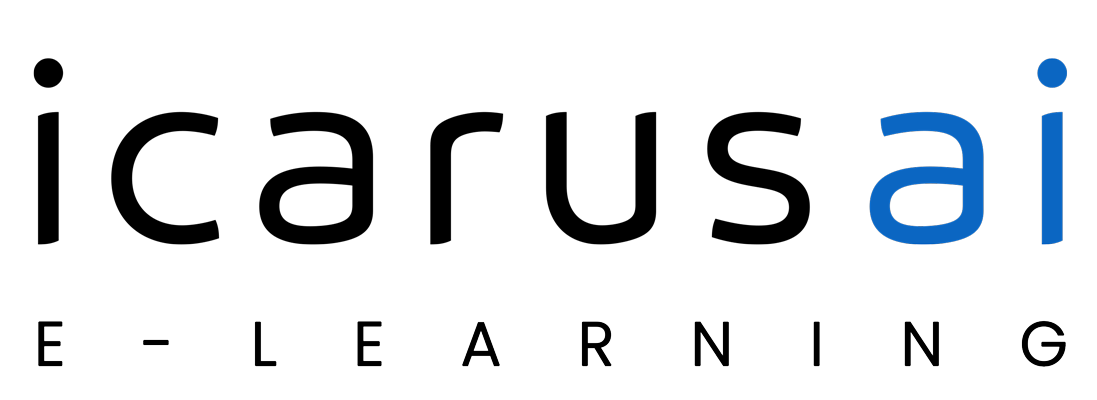Exam 4 for Bioinformatics for Biologists
Exam 4 Study Guide
There are project-based questions on Exam 4 that covers material from Units 12 through 15. There is no time limit for the exam. For the Exam, please be able to:
- Use Gene Expression Omnibus (GEO) to retrieve transcriptomics data and study information
- Identify differentially expressed genes
- Perform gene set enrichment analysis on transcriptomics data
- Visualize a network representation
- Report phenotype-gene relationships in OMIM
Exam questions are similar to homework questions.

